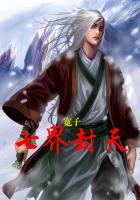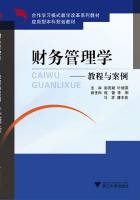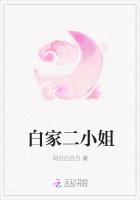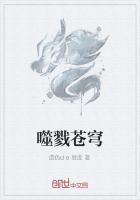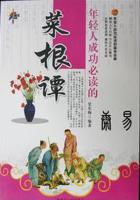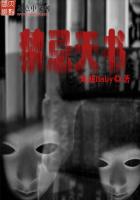The mass of commodities C', being the depository of the expanded capital, must further more pass in its entirety through the metamorphosis C'---M'. The quantity sold is here a main determinant. The individual commodity figures only as an integral part of the total mass. The £500 worth of value exists in the 10,000 lbs. of yarn. If the capitalist succeeds in selling only 7,440 lbs. at their value of £372, he has replaced only the value of his constant capital, the value of the expanded means of production. If he sells 8,440 lbs. he recovers only the value of the total capital advanced. He must sell more in order to realise some surplus-value, and he must sell the entire 10,000 lbs. in order to realise the surplus-value of £78 (1,560 lbs. of yarn). In £500 in money he receives merely an equivalent for the commodity sold. His transaction within the circulation is simply C---M. If he had paid his labourers £64 in wages instead of £50 his surplus-value would only be £64 instead of £78, and the degree of exploitation would have been only 100 per cent instead of 156. But the value of the yarn would not change; only the relation between its component parts would be different. The circulation act C---M would still represent the sale of 10,000 lbs. of yarn for £500, their value.
C' is equal to C + c (or £422 at £78). C equals the value of P, the productive capital, and this equals the value of M, the money advanced in M---C, the purchase of the elements of production, amounting to £422 in our example. If the mass of commodities is sold at its value, then C equals £422 and c equals £78, the value of the surplus-product of 1,560 lbs. of yarn. If we call c, expressed in money, m, then C'---M' = (C + c) - (M + m), and the circuit M---C ... P ... C'---M', in its expanded form, is therefore represented by M---C< L MP ... P ... (C + c) - (M + m).
In the first stage the capitalist takes articles of consumption out of the commodity-market proper and the labour-market. In the third stage he throws commodities back, but only into one market, the commodity-market proper. However the fact that he extracts from the market, by means of his commodities, a greater value than he threw upon it originally is due only to the circumstance that he throws more commodity-value back upon it than he first drew out of it. He threw value M upon it and drew out of it the equivalent C; he throws C + c back upon it, and draws out of it the equivalent M + m.
M was in our example equal to the value of 8,440 lbs. of yarn.
But he throws 10,000 lbs. of yarn on the market, consequently he returns a greater value than he took from it. On the other hand he threw this increased value on the market only because through the exploitation of labour-power in the process of production he had created surplus-value (as an aliquot part of the product expressed in surplus-product). It is only by virtue of being the product of this process that the mass of commodities becomes commodity-capital, the bearer of the expanded capital-value. By performing C'---M' the advanced capital-value as well as the surplus-value are realised.
The realisation of both takes place simultaneously in a series of sales or in a lump sale of the entire mass of commodities which is expressed by C'---M'. But the same circulation act C'---M' is different for capital-value and surplus-value, as it expresses for each of them a different stage of their circulation, a different section of the series of metamorphoses through which they must pass in the sphere of circulation. The surplus-value c came into the world only during the process of production. It appeared for the first time in the commodity-market, in the form of commodities.
This is its first form of circulation, hence the act c---m is its first circulation act, or its first metamorphosis, which remains to be supplemented by the antithetical act of circulation, or the reverse metamorphosis, m---c. [5]
It is different with the circulation which the capital-value Cperforms in the same circulation act C'---M', and which constitutes for the circulation act C---M, in which C is equal to P, equal to the M originally advanced. Capital-value has opened its first circulation act in the form of M, money-capital, and returns through the act C---M to the same form.
It has therefore passed through the two antithetical stages of circulation, first M---C, second C---M, and finds itself once more in the form in which it can begin its circular movement anew. What for surplus-value constitutes the first transformation of the commodity-form into that of money, constitutes for capital-value in return, or retransformation, into its original money-form.
By means of M---C< L MP money capital is transformed into an equivalent mass of commodities, L and MP. These commodities no longer perform the function of commodities, of articles for sale. Their value is now in the hands of the capitalist who bought them; they represent the value of his productive capital P. And in the function of P, productive consumption, they are transformed into a kind of commodity differing materially from the means of production, into yarn, in which their value is not only preserved but increased, from £422 to £500. By means of this real metamorphosis, the commodities taken from the market in the first stage, M---C, are replaced by commodities of different substance and value, which now must perform the function of commodities, must be transformed into money and sold. The process of production therefore appears to be only an interruption of the process of circulation of capital-value, of which up to that point only the first phase, M---C, has been passed through.

